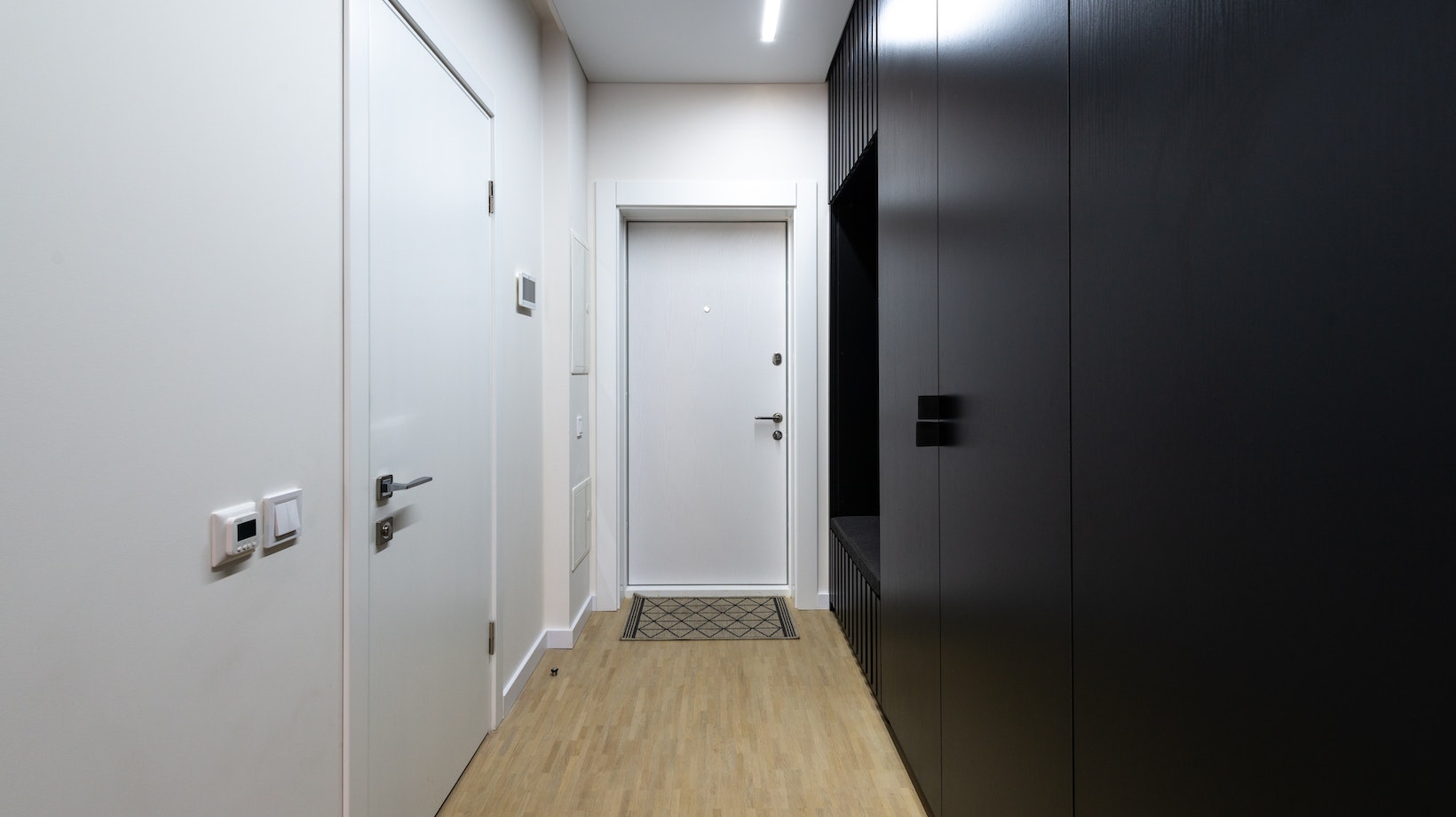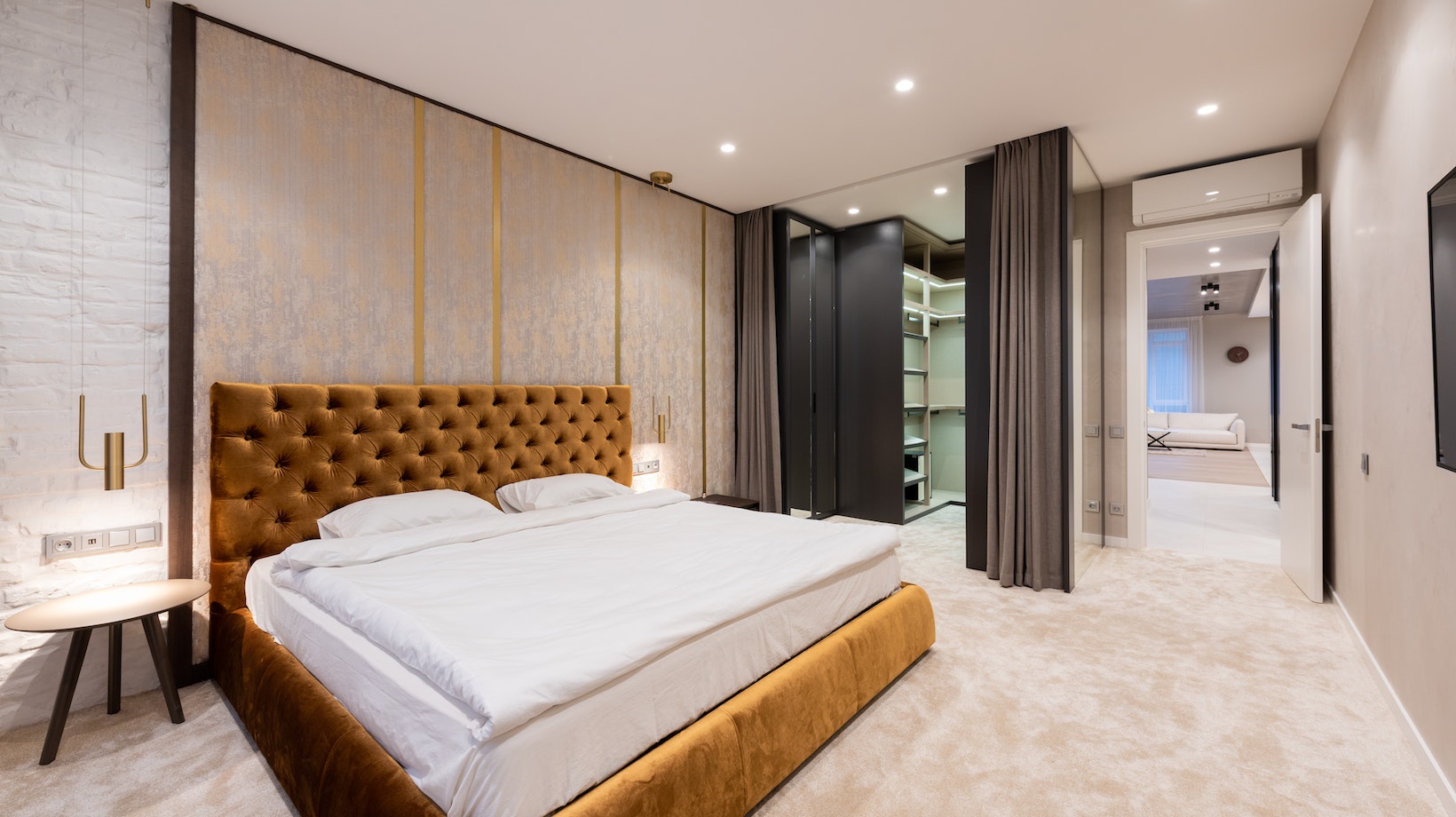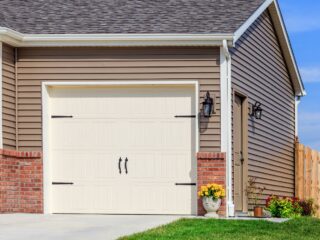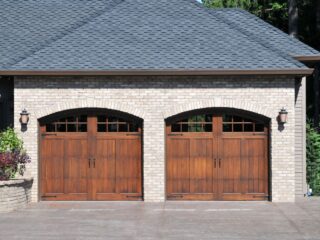
Bifold Closet Doors Sizes
When it comes to choosing bifold closet doors, one of the first things you need to consider is the size. The size of the door will determine how well it fits in your space and how easily it can be opened and closed. In this section, I’ll provide you with an overview of standard bifold closet door sizes to help you make an informed decision.
- Width: Standard bifold closet doors typically come in widths ranging from 24 inches to 36 inches. This allows for easy installation in most standard-sized closets.
- Height: The height of bifold closet doors usually falls within the range of 80 inches to 96 inches. These heights are designed to fit standard ceiling heights, but it’s important to measure your own space carefully before making a purchase.
- Customization: If you have non-standard or larger openings, don’t worry! Many manufacturers offer customizable options where you can order bifold doors made-to-measure for your specific requirements.
- Panel Configuration: Bifold closet doors often feature two panels, but there are also options with four or more panels available. The number of panels can affect both the aesthetic appeal and functionality of the door.
- Material Choices: Bifold closet doors can be found in various materials such as wood, composite, glass, or mirrored surfaces. Each material offers its own unique look and feel, so choose one that complements your overall interior design style.
Let’s explore:
- Standard Sizes: Bifold closet doors typically come in standard sizes that cater to most residential needs. These sizes range from 24 inches to 96 inches in width and 80 inches in height. You can choose a size that aligns with your existing door frame or opening.
- Custom Sizes: If your closet has unconventional dimensions or you simply prefer a tailored fit, custom-sized bifold doors are an excellent option. Many manufacturers offer customization services where you can specify the exact measurements you need for a perfect fit.
- Panel Configurations: Bifold doors consist of two panels hinged together, but there are variations in panel configurations as well. You can opt for two-panel designs or go for more panels depending on your aesthetic preferences and functional requirements.
- Trim Options: To enhance the visual appeal of your bifold closet doors, consider selecting trim options that complement your home decor style. From sleek and modern trims to traditional profiles with intricate details, there’s a wide range of choices available.
- Material Selection: Bifold closet doors come in various materials such as wood, glass, vinyl, and composite materials like MDF (medium-density fiberboard). Each material offers unique characteristics in terms of durability, aesthetics, and maintenance requirements. Choose a material that suits both your style and practical needs.
- Finishes and Colors: Adding the perfect finishing touch to your bifold doors is essential for achieving the desired look in your space. Whether you prefer natural wood finishes or painted surfaces in different colors, explore the various options available to create a cohesive design scheme.

Important Considerations
Remember to consult with professionals or follow manufacturer guidelines when determining the ideal size for your bifold closet doors. Taking accurate measurements, considering the space available, and understanding your style preferences will help you make an informed decision.
- Closet Opening Dimensions: Measure the width and height of your closet opening accurately. Bifold doors come in various standard sizes, so it’s essential to find one that fits perfectly without any gaps or overlaps.
- Available Space: Consider the space available inside and outside the closet when selecting bifold door sizes. If you have limited room inside, opt for narrower panels that won’t obstruct access or movement within the closet.
- Door Configuration: Decide on the number of panels you prefer for your bifold doors. Common configurations include two-panel, four-panel, or even six-panel options. Remember that larger openings may require more panels to maintain stability.
- Functionality: Think about how you want your bifold doors to open and fold back. Some designs allow for full access by folding all panels against one side, while others offer a partial opening option where only one panel folds back.
- Aesthetic Appeal: Consider how the size of your bifold doors will impact the overall look and feel of your space. Larger panels can create a grander appearance, while smaller ones can provide a more subtle and contemporary look.





